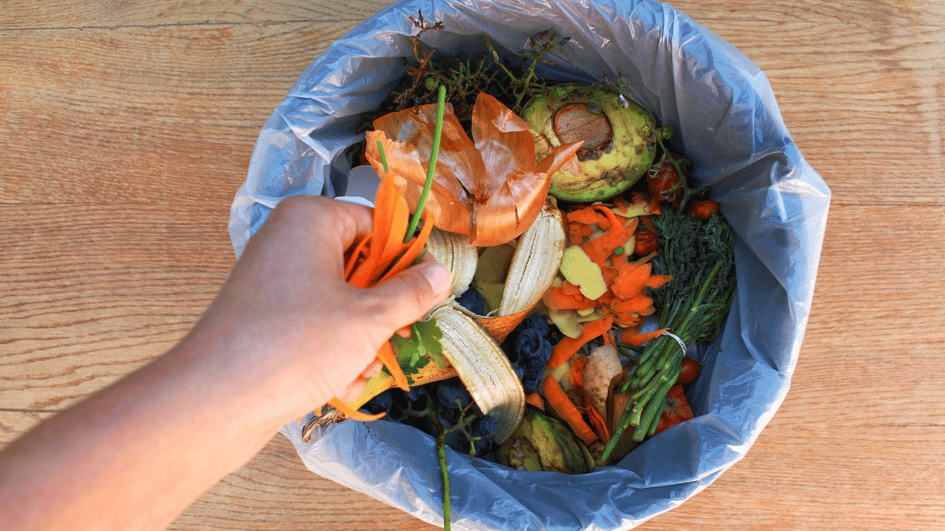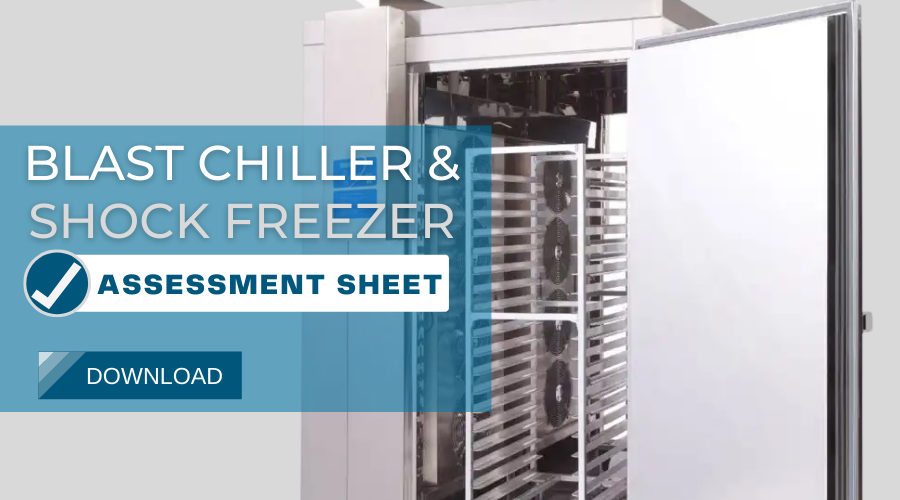
The statistics on the food we waste are staggering. Of all the food produced across the planet, roughly one-third of that goes uneaten. Closer to home, the numbers are even worse. Bloomberg estimates that almost 50 percent of food in the United States is wasted. Not only is this a lost opportunity to help those who are nutritionally challenged, it's also an opportunity for foodservice operators to save on lost profits.
We've already gone in-depth on the statistics behind food waste, though. In this piece, we'd like to talk about an easy way to help reduce this number, and one of the easiest ways to drop the quantity of food wasted in a restaurant or foodservice operations is to consider the benefits of blast chilling. But why?
Reducing food waste happens in two essential ways. One is before food is cooked and served to guests or customers, and the second is after it's cooked. Let's start with the first.
Blast chilling increases shelf life and helps with operational efficiencies.
Blast chilling is a fast way to take food products to the ideal conditions for storage. When food is quickly frozen at temperatures of around 38ºF, they can enjoy a longer stay on the shelves of your walk-in. When you increase shelf life, you inevitably decrease how much food is thrown out. At the same time, blast chilling can allow operations to develop production schedules that are conducive for batch cooking. This means staff can optimize their productivity while increasing the efficiency of the operation. Food that is batch or par-cooked, especially those that are prepared in ways for individual servings, allows chefs to efficiently use only what's ordered in real-time.
While most people think of food waste as being the product of uneaten food on the plate, the reality is food waste can also be prevented before it even reaches the plate.
Blast chilling increases quality.
Of course, much food waste does happen because it goes uneaten and is eventually discarded. This can often be the result of food that is bad, doesn't taste good, have the wrong flavor profiles, or worse. And these negative qualities can often come from frozen foods that aren't stored properly or didn't attain an ideal storage temperature quickly enough.
When customers don't like what they're eating, they're going to throw it away, and blast chilling can help ingredients retain the desired qualities that translate to higher quality on the plate.
If you're ready to see how a blast chiller can benefit your foodservice operation, check out our short blast chilling assessment sheet to see if it makes sense for your business.
